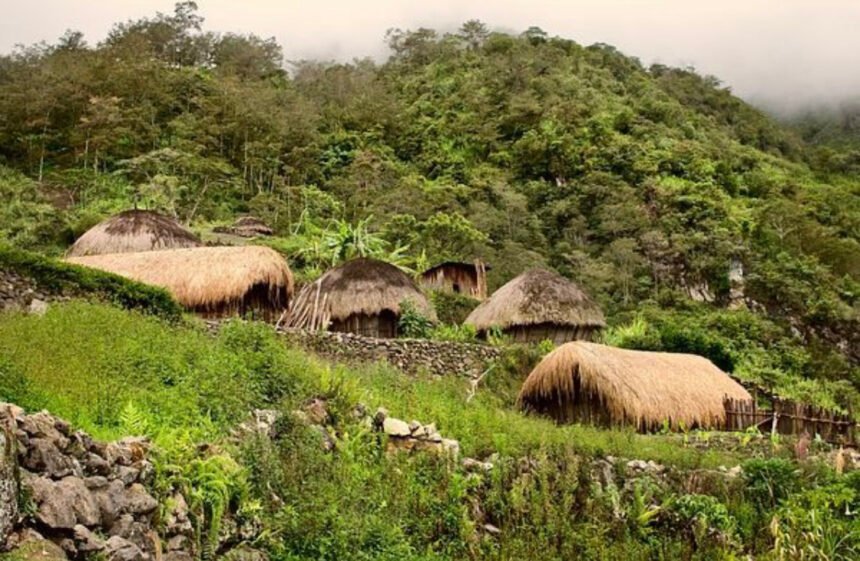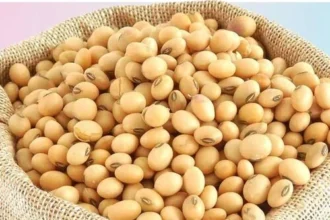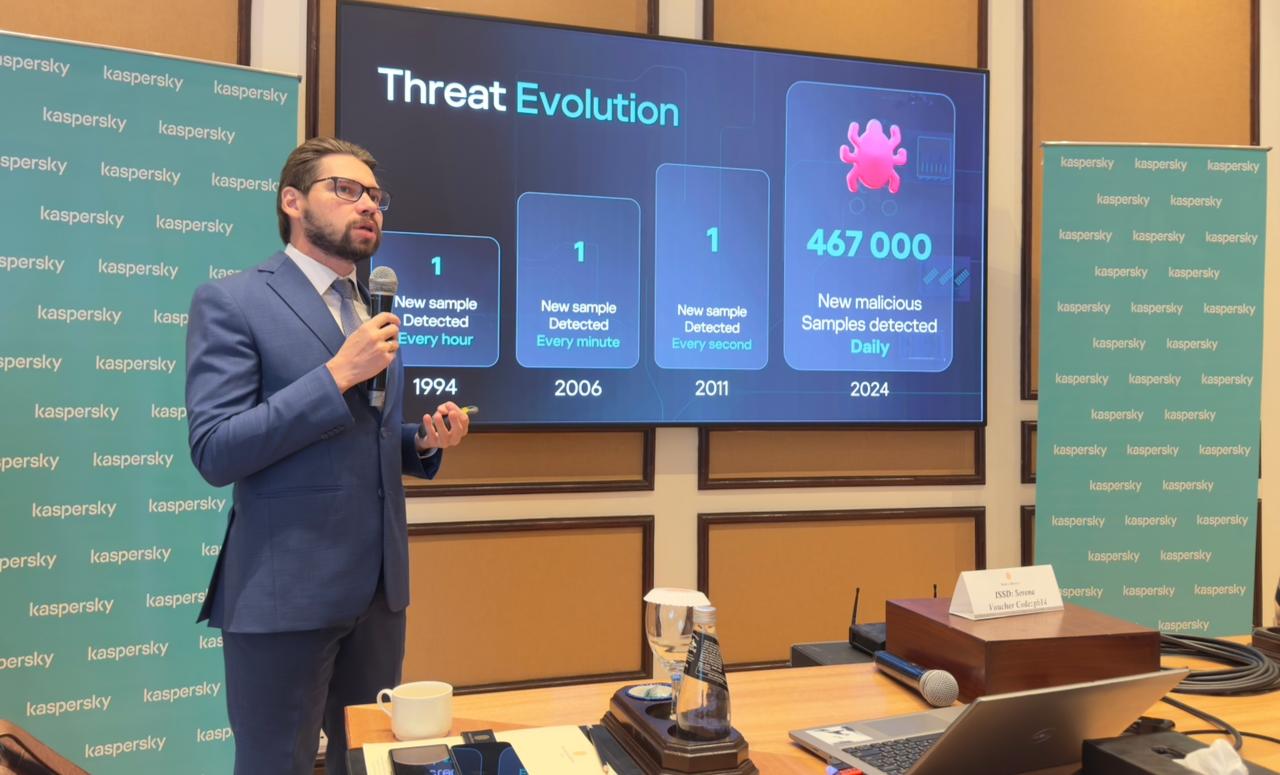DR. ALLAH BAKHSH GULSHAN DEPARTMENT OF BOTANY,
GHAZI UNIVERSITY DERA GHAZI KHAN,
The preservation mechanism of culture and heritage of an areadepend on the role of aboriginal communities of their surroundings, which are frequently available form in the area. Moreover, the presentation of indigenous communities is playeda vital role to characterize the ethos and tradition of the specific area as well. They are often serving as stewards of the land and its natural resources of the landscape. The foundation for social, economic, and individual wellbeing are deeply connected to family, land, language, and culture and this connection is integral to efforts to close the gap between Indigenous and non-Indigenous communities. They also contribute significantly to biodiversity conservation and sustainable resource management due to their knowledge of local ecosystems and traditional practices. Furthermore, the native community’s role of any area in preserving the biodiversity is a vital and it is recognized in the science of environment but it is often overlooked aspect of conservation efforts. For many centuries, the local communities have lived in harmony with their environments, developing a deep understanding of the complex relationships between species and ecosystems. Their traditional knowledge and practices have played a significant role in maintaining the rich biodiversity of their ancestral lands. Indigenous communities have a unique perspective on the natural world, shaped by their cultural, spiritual, and historical connections to their lands. This traditional knowledge is invaluable in preserving biodiversity. Indigenous communities have developed sophisticated systems for managing natural resources, conserving forests, and protecting wildlife. Their knowledge of medicinal plants, for example, has contributed significantly to modern medicine. Moreover, indigenous communities are often the best guardians of their lands, working to protect and conserve biodiversity in the face of external threats. Despite their crucial role, indigenous communities face numerous challenges in preserving biodiversity. Land encroachment, deforestation, and climate change all threaten their way of life and the ecosystems they depend on. It is essential to recognize and respect the rights of indigenous communities to their lands and resources. By supporting and empowering indigenous communities, we can work towards a more inclusive and sustainable approach to conservation. By valuing and integrating traditional knowledge into conservation strategies, we can develop more effective solutions for preserving biodiversity. The role of indigenous communities in preserving biodiversity is not only crucial but also complementary to modern conservation efforts. Together, we can work towards a future where biodiversity is valued and protected for generations to come. By acknowledging the importance of indigenous communities in preserving biodiversity, we take a significant step towards a more sustainable and equitable world. The role of indigenous communities in preserving biodiversity is a crucial aspect of conservation efforts. Indigenous communities have traditionally lived in harmony with their environments, developing sophisticated knowledge systems and practices that promote the conservation of natural resources. Their traditional ecological knowledge, passed down through generations, provides valuable insights into the complex relationships between species and ecosystems. The most critical thing or various points that couldbe observe to maintain the biodiversity in the nature. They include:
1. Indigenous Knowledge: The Indigenous of various populations and communities, which have possessed the unique knowledge about their ecosystems. They can inform conservation efforts which have obtained good results in the mechanism of conservation of biodiversity that ultimately led to survival of life on the planet of earth and source of illumination for flora and fauna in real sense.
2. Community-Led Conservation: Indigenous communities/ populations are best placed to manage and conserve their lands, given their historical and cultural ties to the area. Then the community of man or animals enjoy themselves from the natural resources in the form of biodiversity.
3. Cultural Significance: Biodiversity is often closely tied to the cultural identity and well-being of indigenous communities. The cultural beautification on this planet depends on the natural virtues that spread across the globe.
4. Rights-Based Approach: Recognizing and respecting the rights of indigenous communities is essential for effective conservation. In this approach, actually the communities feel their responsibilities under the umbrella of their rights. In addition to critical approach there are few Key considerations for the mechanism of conservation and entrepreneurship in the open market across the world. Mainly, the first and foremost the supporting and empowering indigenous communities to take ownership of conservation efforts in their surroundings. Second important one the respecting traditional knowledge of the communities e.g. the valuing and integrating traditional ecological knowledge into conservation strategies. Thirdly, the addressing of historical injustices in the society i.e.acknowledging and addressing the historical injustices faced by indigenous communities in priority bases. Finally, it is concluded that indigenous communities play a vital role in preserving biodiversity. By recognizing and respecting their rights, knowledge, and cultural practices, we could work towards more effective and sustainable conservation efforts in the national and international level.
PAKISTAN ZINDA BAD






